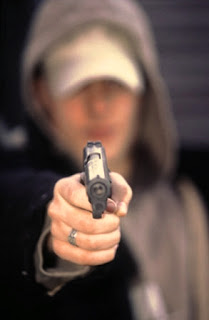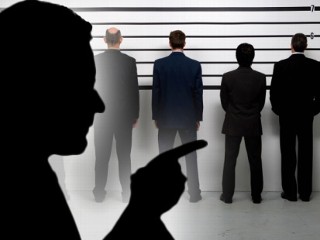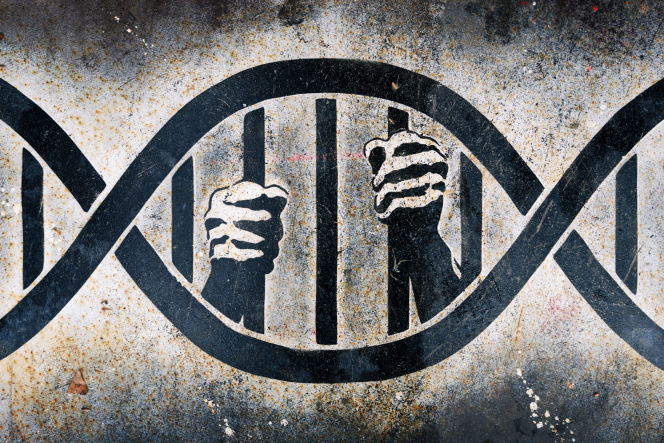
In Part IV of his series of related posts, JLPP’s Greg Renick discusses whether the Biggers five-factor approach to weighing the credibility of eyewitnesses violates due process.

In Part III of his series of related posts, JLPP’s Greg Renick analyzes empirical research that tends to call for a reform of the Biggers five-factor approach to weighing the credibility of eyewitnesses.

In Part II of a series of related posts, Greg Renick analyzes empirical research that supports a reform of the Biggers five-factor approach to weighing the credibility of eyewitnesses.

In Part I of a series of related posts, Greg Renick gives his take on the problem of faulty eyewitness testimony and the rate of wrongful imprisonment in the United States.

